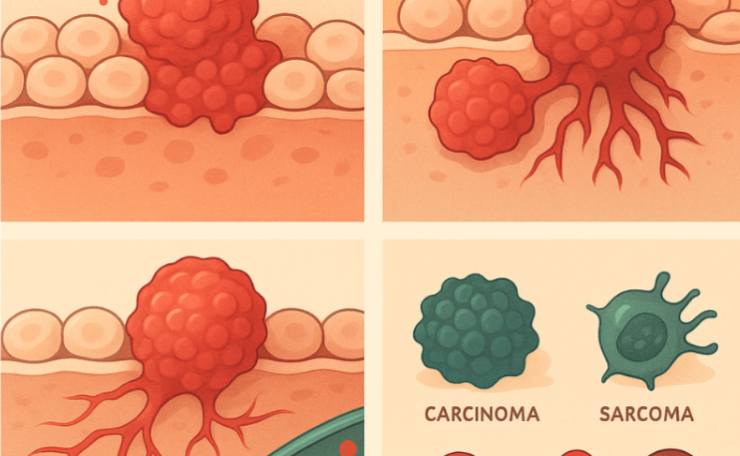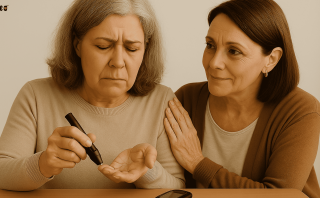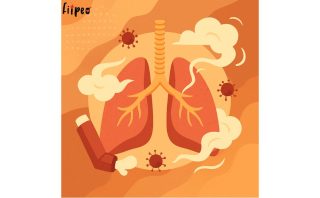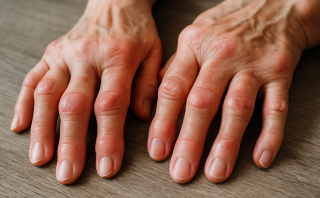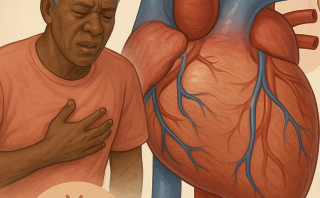Cancer—a word that can spark fear, confusion, or concern. Whether it’s touched your life directly or through someone you care about, it’s something most of us encounter in one way or another. But what is cancer, really? How does it develop? And why does it affect so many people?
Let’s take a walk through the essentials in the simplest, most human way possible.
What Exactly Is Cancer?
Your body is a beautifully organized machine made up of trillions of cells. These cells are constantly at work—growing, dividing, and dying in a carefully controlled cycle. This process keeps you healthy, repairs damage, and helps your body grow.
But sometimes, things go off-track.
Due to various factors—genetics, environmental exposure, or just bad luck—a single cell can go rogue. Instead of following the body’s natural instructions, it begins to multiply uncontrollably. That wild growth is what we call cancer.
These abnormal cells can clump together and form a tumor, which is essentially a lump of excess tissue. Now here’s where it gets important:
- Benign tumors are the good kind (relatively speaking). They don’t invade surrounding tissues or spread to other parts of the body. Think of them like a guest who overstays their welcome but doesn’t destroy your house.
- Malignant tumors, on the other hand, are troublemakers. They don’t just grow—they invade. They push into nearby tissues, damage healthy cells, and sometimes even steal blood supply from surrounding organs to feed their own growth.
How Does Cancer Spread?
One of the most dangerous things about cancer is its ability to spread—a process called metastasis.
Here’s how it works:
- Cancer cells break away from the original tumor.
- They sneak into the bloodstream or the lymphatic system (your body’s drainage and immune network).
- They travel to other parts of the body—like the lungs, liver, bones, or brain.
- Once they arrive, they set up shop and form new tumors.
Imagine it like a weed in your garden. If you don’t catch it early, it doesn’t just grow—it spreads seeds everywhere and chokes out all the healthy plants.
Types of Cancer (Yes, There Are Many)
Cancer isn’t one disease—it’s an umbrella term for over 100 different types. Each type behaves differently depending on where it starts and what kind of cells are involved.
Here are the five major categories:
- Carcinomas
These are the most common and start in the cells that line organs and surfaces—like skin, lungs, breasts, prostate, and intestines. - Sarcomas
These grow in bones, muscles, fat, and connective tissue. They’re less common but often more aggressive. - Leukemias
These are cancers of the blood or bone marrow. Instead of forming solid tumors, they flood the bloodstream with abnormal white blood cells. - Lymphomas
These attack the lymphatic system—the body’s immune defense network. Common types include Hodgkin and non-Hodgkin lymphoma. - Melanomas
These are skin cancers that develop from melanocytes, the cells that produce pigment (melanin). They’re especially dangerous because they spread quickly.
Each type of cancer has its own symptoms, treatments, and outcomes—making accurate diagnosis absolutely essential.
A Glimpse Into the History of Cancer
Cancer isn’t new. In fact, the earliest evidence of cancer dates back over 5,000 years to ancient Egyptian texts. However, for centuries, it remained a mysterious, untreatable illness.
It’s only in the last 100 years that science has truly begun to unravel its secrets. Today, we have a whole field—oncology—dedicated to studying and treating cancer. Oncologists are the doctors who lead this charge, working tirelessly to improve survival rates and patient outcomes.
The shift from fatalism to fight has been one of the greatest revolutions in modern medicine.
Why Cancer Is So Challenging
Here’s what makes cancer tricky:
- It often hides in the early stages.
- It adapts quickly to resist treatments.
- No two cancers are exactly alike, even in the same person.
Treating cancer isn’t like treating a cold—it usually requires a multi-pronged approach, including:
- Surgery – to remove tumors.
- Chemotherapy – powerful drugs that kill fast-growing cells (including cancer).
- Radiation therapy – to target and destroy cancer cells.
- Immunotherapy – which boosts your immune system to fight back.
- Targeted therapy – drugs designed to attack cancer’s specific genetic mutations.
Living With Cancer Today
Here’s the hopeful part: more people are surviving cancer than ever before.
Thanks to early detection, smarter treatments, and personalized medicine, many cancers are now manageable—or even curable.
For many, living with cancer is no longer just about survival—it’s about living well, with dignity, support, and strength. From support groups and therapy to innovations like wearable chemo pumps and gene-based treatment plans, the world of cancer care is evolving.
It’s not just about fighting cancer—it’s about empowering people to live fully despite it.
In a Nutshell
- Cancer begins when a cell grows uncontrollably.
- It can form tumors, spread through the body, and damage healthy tissue.
- There are over 100 different types of cancer, each with its own behaviors and risks.
- Treatments are improving, and survival rates are rising.
- Understanding the basics is the first step toward prevention, awareness, and compassionate support.
Remember…
You don’t have to be a doctor to talk about cancer. You just have to be curious, compassionate, and willing to learn.
Whether you’re reading this for yourself, a friend, or just out of interest—know that knowledge is power. And when it comes to something as complex as cancer, even understanding the basics can make a big difference.
Sources:
Disclaimer: This guide is for informational purposes only. Always speak to a qualified healthcare provider for personalized medical advice.
